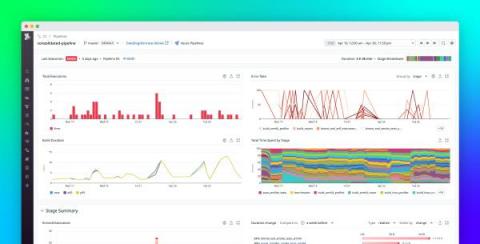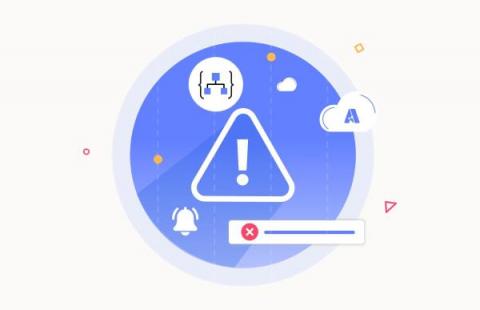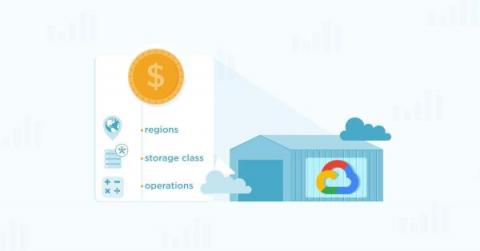Operations | Monitoring | ITSM | DevOps | Cloud
Latest News
Monitor Azure Pipelines with Datadog CI Visibility
End-to-end visibility into pipelines is crucial for ensuring the health and performance of your CI system, especially at scale. Within extensive CI systems—which operate under the strain of numerous developers simultaneously pushing commits—even the slightest performance regression or uptick in failure rates can compound rapidly and have tremendous repercussions, causing major cost overruns and impeding release velocity across organizations.
Configuring Azure Logic App Failure Alerts To Stay Ahead
Mastering Azure Blob Storage Backups: Essential Guide to Data Protection
Have you ever heard of Azure Blob Storage? If you work with data storage, then chances are you’ve at least heard the name. But what exactly is it? In simple terms, Azure Blob Storage is a cloud-based storage solution provided by Microsoft. It’s used to store and manage unstructured data such as text and binary data, including documents, images, videos, and more.
GCP Storage Pricing: The No BS Guide To GCP Storage Costs
Azure Service Principals: The Ultimate Guide
Azure Service Principals are a crucial aspect of managing your Azure resources. They provide a secure and efficient way to manage your resources, without the need for human intervention. In this article, we will explore what Azure Service Principals are, how they work, and why they are important. As you may already know, Azure is a cloud computing platform that allows you to host, deploy and manage your applications and services.
Why Addressing IT Challenges is Crucial for Business Sustainability and Growth
Kubernetes Design Patterns For Optimal Observability
Technology is a fast-moving commodity. Trends, thoughts, techniques, and tools evolve rapidly in the software technology space. This rapid change is particularly felt in the software the engineers in the cloud-native space make use of to build, deploy, and operate their applications. One particular area where we see rapid evolution in the past few years/months is Observability.
Trace your Azure Function application with Elastic Observability
Adoption of Azure Functions in cloud-native applications on Microsoft Azure has been increasing exponentially over the last few years. Serverless functions, such as the Azure Functions, provide a high level of abstraction from the underlying infrastructure and orchestration, given these tasks are managed by the cloud provider. Software development teams can then focus on the implementation of business and application logic.
Monitoring Multi-Cloud and Hybrid-Cloud Infrastructures: Challenges and Best Practices
The advent of multi-cloud and hybrid-cloud architectures has created new opportunities for organizations to leverage best-in-class features from various cloud service providers. However, these complex environments present their own unique challenges, especially when it comes to monitoring and managing performance.











